- Author Jason Gerald [email protected].
- Public 2023-12-16 10:50.
- Last modified 2025-01-23 12:04.
By default, Windows Remote Desktop Connection will play sound from the remote computer on the computer you are using to access it. If this feature is problematic, you can check its settings by opening Remote Desktop, accessing advanced settings, and selecting the "Play on this device" option. You can check these settings when accessing your computer from a computer or mobile phone. Also check if the local computer or phone is muted.
Step
Method 1 of 2: Using Remote Desktop Phone App
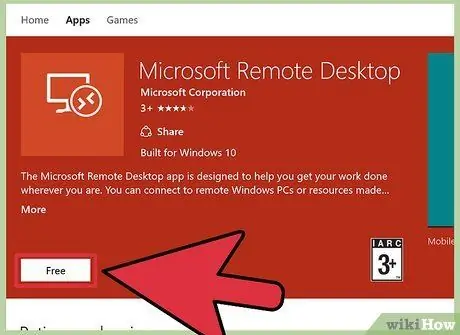
Step 1. Download and open the Microsoft Remote Desktop application
Click "Free" to download, then click "Open" after installation is complete.
- You can also download Remote Desktop for Android and iOS in their respective app stores.
- Android offers several third-party remote control applications, such as RemoteToGo. The app has the same functionality as Microsoft Remote Desktop, but is not officially supported.

Step 2. Tap the "+" button at the bottom of the screen
You will see the “Add Desktop” page.
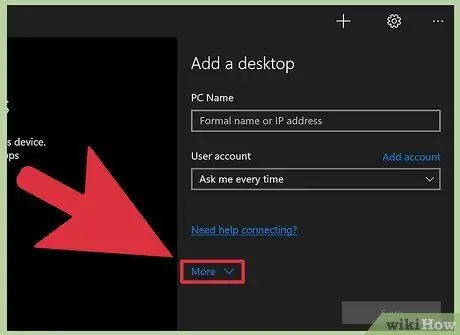
Step 3. Tap the "Advanced" button at the top of the page
You will see various additional settings.
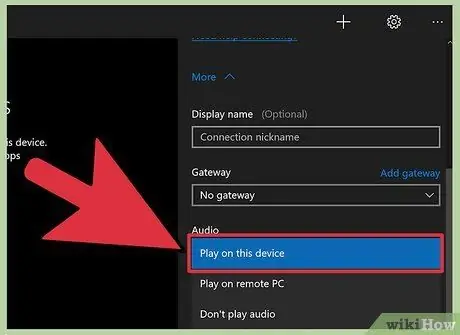
Step 4. Tap the "Sound" menu, then select "Play on this device"
In this menu, you can also choose to play the sound on the remote computer, or not to play the sound at all.

Step 5. Tap the "General" menu
You will be taken to a page with connection credentials.
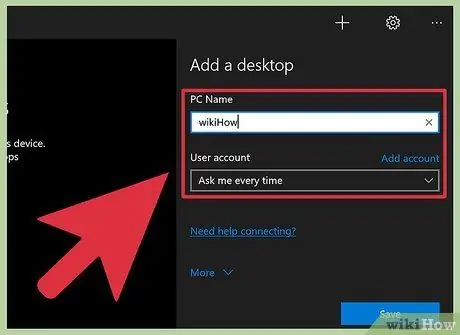
Step 6. Enter the remote computer's credentials
Fill in the username with the computer name or IP address, and the password with the password to log into the computer.
- Check the remote computer name by clicking “Control Panel > All Control Panel Items > System” on the remote computer, if you don't know it.
- To find out your computer's IP address, use the "ipconfig" command on your computer.
- Tap the diskette icon to save the remote computer profile.

Step 7. Tap the "Connect" button at the bottom of the page to initiate the connection to the remote computer

Step 8. Test the audio on the remote computer
Once the remote computer desktop appears on your computer, tap the speaker icon in the lower-right corner of the taskbar to open voice controls. Adjust the volume, and you'll hear a sound when you confirm the change.
Method 2 of 2: Using Remote Desktop Connection

Step 1. Start the Remote Desktop client
Press Win, then enter “Remote Desktop Connection” in the search bar. Click the search result to open Remote Desktop.
Microsoft also supports a client for Mac with the same functionality
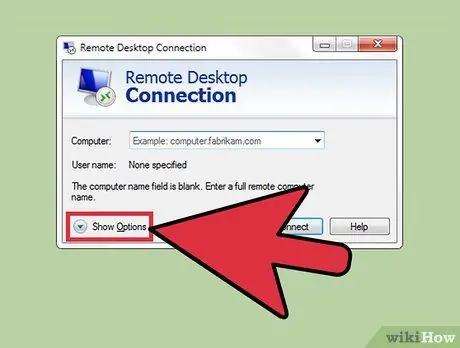
Step 2. Click the "Options" button at the bottom of the window
The window will expand and show several tabs.
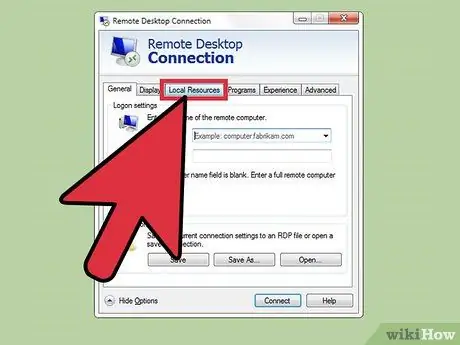
Step 3. Click the "Local Resources" tab to the right of the "General" tab
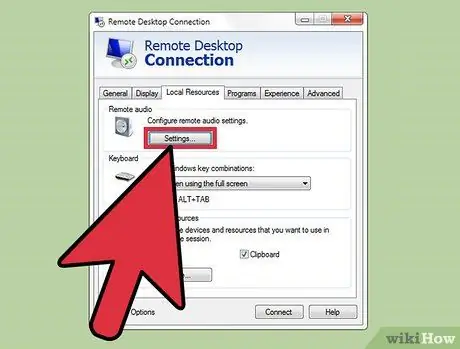
Step 4. Click "Settings" in the Remote Audio header
You will see a pop-up window with audio options.
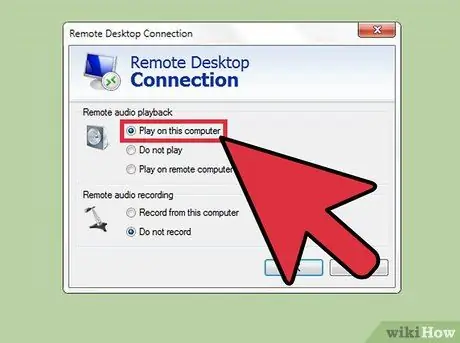
Step 5. Click “Play on this computer”
In this menu, you can also choose to play the sound on the remote computer, or not to play the sound at all.
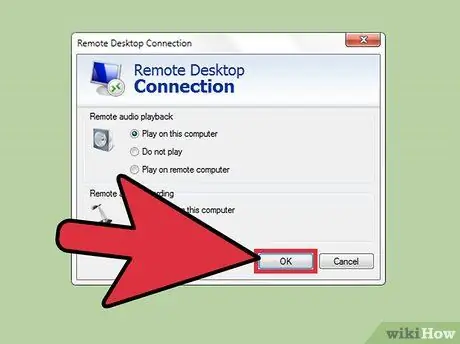
Step 6. Click "OK" to save the settings
The pop-up window will close.
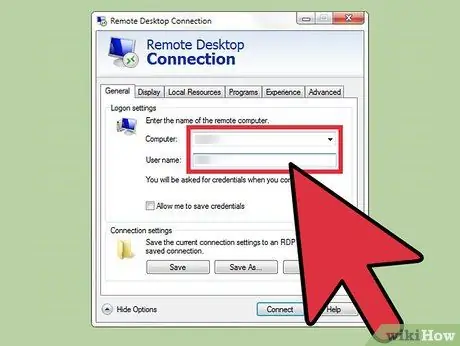
Step 7. Enter the remote computer's credentials
Fill in the username with the computer name or IP address, and the password with the password to log into the computer.
- Check the remote computer name by clicking “Control Panel > All Control Panel Items > System” on the remote computer, if you don't know it.
- To find out your computer's IP address, use the "ipconfig" command on your computer.
- You can click the "Save" button in the lower-left corner of the window to save the remote computer profile.
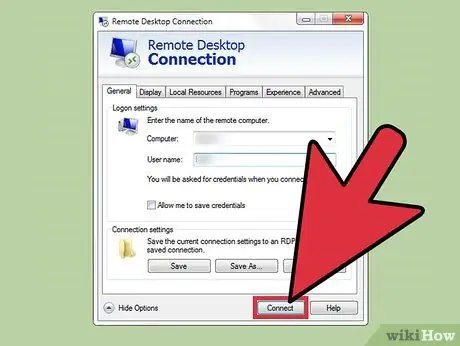
Step 8. Click the "Connect" button in the lower right corner of the window to initiate a connection to the remote computer
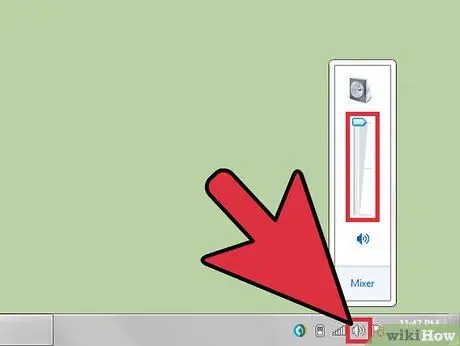
Step 9. Test the audio on the remote computer
Once the remote computer desktop appears on your computer, tap the speaker icon in the lower-right corner of the taskbar to open voice controls. Adjust the volume and you'll hear a sound when you confirm the change.
Tips
- Don't forget to check if the sound on the computer/phone you are using has been muted. Click the loudspeaker icon in the lower-right corner of the taskbar, or press the volume keys if you're on a phone. After that, check the sound on the remote computer with the same steps. If the sound on one of the devices is muted, you cannot hear the sound.
- If the remote or local device uses a dedicated/external sound card, it may have separate volume controls. Check the "Sound controllers" section in Device Manager to see which sound card is active.






